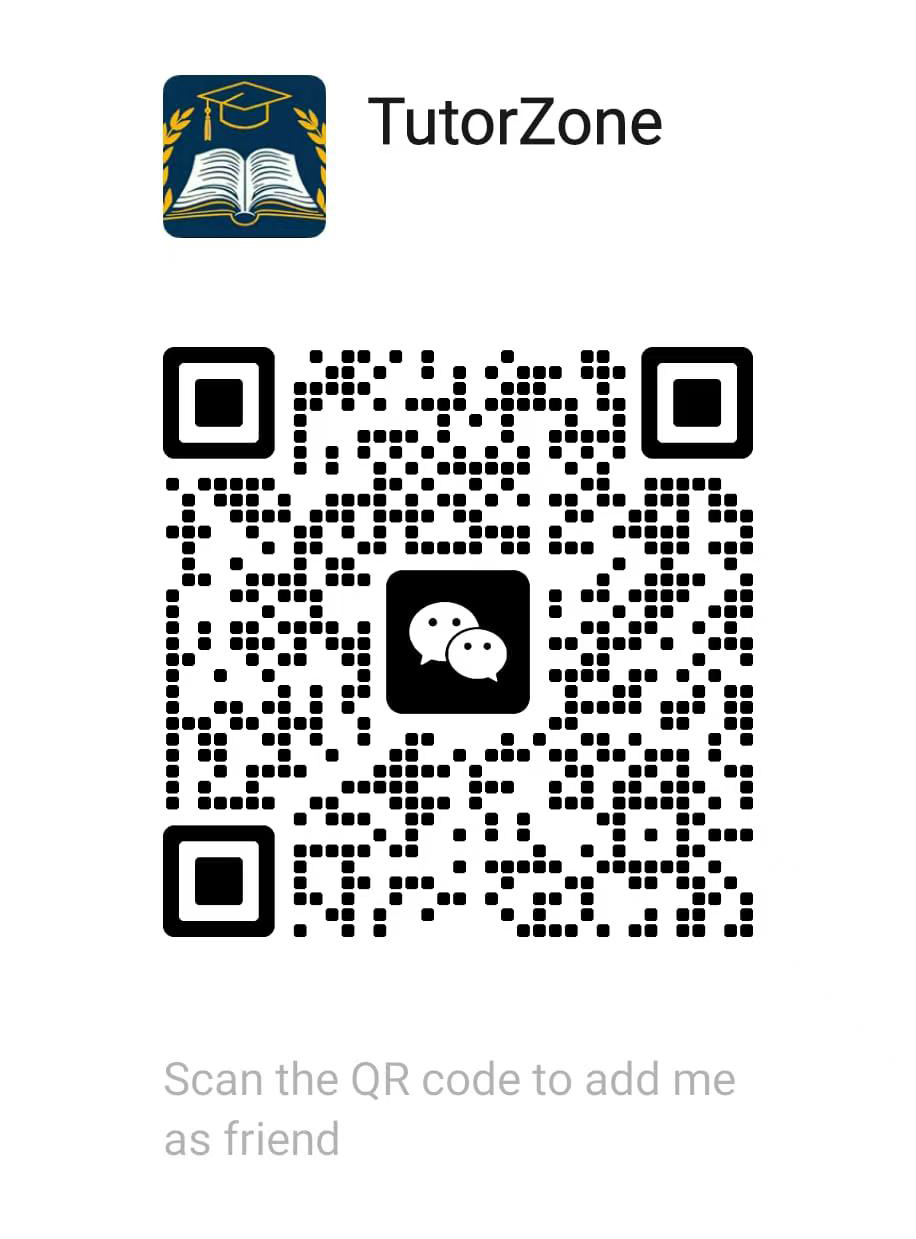What is IB MYP STEMinn? A Guide to the Junior Secondary STEM + Innovation Curriculum
- 2025-05-26
IB MYP STEMinn, short for Science, Technology, Engineering, Mathematics + Innovation, is a forward-thinking, interdisciplinary programme offered in the International Baccalaureate (IB) Middle Years Programme (MYP). It integrates core STEM subjects with creative problem-solving and innovation, encouraging students to apply academic knowledge to real-world challenges.
This course is designed to spark curiosity, enhance critical thinking, and equip students with 21st-century skills essential for their academic and future professional lives.
1. Core Concepts of the STEMinn Curriculum
The STEMinn curriculum focuses on merging scientific and technical disciplines with innovative design and real-world application. It goes beyond traditional STEM education by embedding innovation as a key pillar. The main components include:
🔬 Science
Students explore core concepts in physics, chemistry, and biology, and develop scientific inquiry skills. Through experiments and data analysis, they learn to understand and explain natural phenomena.
💻 Technology
Students gain exposure to modern digital tools, such as coding, computer-aided design (CAD), data analytics, and digital media. They learn how technology is used to address contemporary problems.
🏗️ Engineering
A hands-on component where students apply engineering principles to design, prototype, and test solutions. Engineering design thinking is used to build models, refine systems, and improve functionality.
➗ Mathematics
Mathematical reasoning is applied to solve practical problems. Students use formulas, modeling, graphs, statistics, and calculations to support scientific and engineering decisions.
💡 Innovation
The hallmark of STEMinn is innovation. Students are encouraged to think creatively, identify real-world issues, and develop original, impactful solutions using an integrated approach.
2. Key Learning Objectives and Skills Development
The IB MYP STEMinn course is more than acquiring knowledge—it’s about skills, application, and mindset. Key learning objectives include:
✅ Interdisciplinary Learning
Students connect ideas across STEM fields, fostering a deeper understanding of how science, engineering, and technology overlap in the real world.
🧠 Problem-Solving Skills
Through challenges and projects, students learn to define problems, hypothesize, prototype, test, and revise solutions—a process rooted in design and inquiry-based learning.
🎨 Creative and Design Thinking
Students explore how to transform ideas into practical innovations. Creativity is supported by the use of digital and hands-on tools to turn abstract concepts into tangible products.
🧐 Critical Thinking
Emphasis is placed on questioning assumptions, analyzing results, and justifying conclusions through evidence. Students are trained to think logically and challenge the status quo.
🤝 Collaboration and Communication
Group work helps students develop teamwork, leadership, and communication skills. They learn to delegate tasks, manage projects, and present their findings effectively.
3. How STEMinn Is Taught: Project-Based and Hands-On Learning
The teaching methods in the IB MYP STEMinn curriculum are dynamic and experience-based. Some key strategies include:
🔧 Practical Projects
Students engage in real-world projects such as building machines, programming applications, or developing eco-friendly prototypes. Each project blends STEM knowledge with creativity and innovation.
🏆 Innovation Challenges
These are thematic problem-solving competitions where students must apply their skills to address global or community issues, such as climate change, sustainability, or energy efficiency.
🌐 Interdisciplinary Collaboration
Projects often involve collaboration between different subject teachers, promoting a holistic learning experience that mirrors how STEM operates in industry.
🧰 Use of Modern Tools
Students are trained to use software like Tinkercad, Python, Scratch, spreadsheets, and simulation platforms. They also get hands-on experience with materials like circuits, sensors, and robotics kits.
4. Assessment in STEMinn: More Than Just Grades
Assessment in the MYP STEMinn curriculum is designed to evaluate both process and product. It includes:
📈 Formative Assessments
Ongoing assessments during the learning process, such as journals, peer feedback, design drafts, and prototypes, help guide student development and provide timely feedback.
🧾 Summative Assessments
At the end of a project or unit, students submit final reports, digital portfolios, presentations, or physical products that reflect their understanding and application of knowledge.
🪞 Reflection and Peer Review
Students are required to reflect on their learning journey, evaluate their own work, and provide constructive feedback to peers. This develops metacognition and collaborative critique skills.
5. Global Perspective and Real-World Relevance
The STEMinn course helps students connect STEM to global issues and explore how innovation can solve pressing challenges such as:
- Climate change
- Renewable energy
- Smart cities and infrastructure
- Digital health and biotechnology
- Sustainable development goals (SDGs)
Students are encouraged to think globally while acting locally—fostering a sense of responsibility as future changemakers.
Conclusion: Why IB MYP STEMinn Matters for Junior Secondary Students
The IB MYP STEMinn course offers a rich and engaging learning experience that prepares students for the challenges of the 21st century. By integrating science, technology, engineering, mathematics, and innovation, the programme:
- Builds technical and creative confidence
- Promotes real-world problem-solving
- Encourages teamwork and leadership
- Cultivates a global, future-oriented mindset
For students who aspire to careers in STEM fields or want to become innovative thinkers and leaders, MYP STEMinn provides a solid foundation that bridges academic knowledge and practical application.

